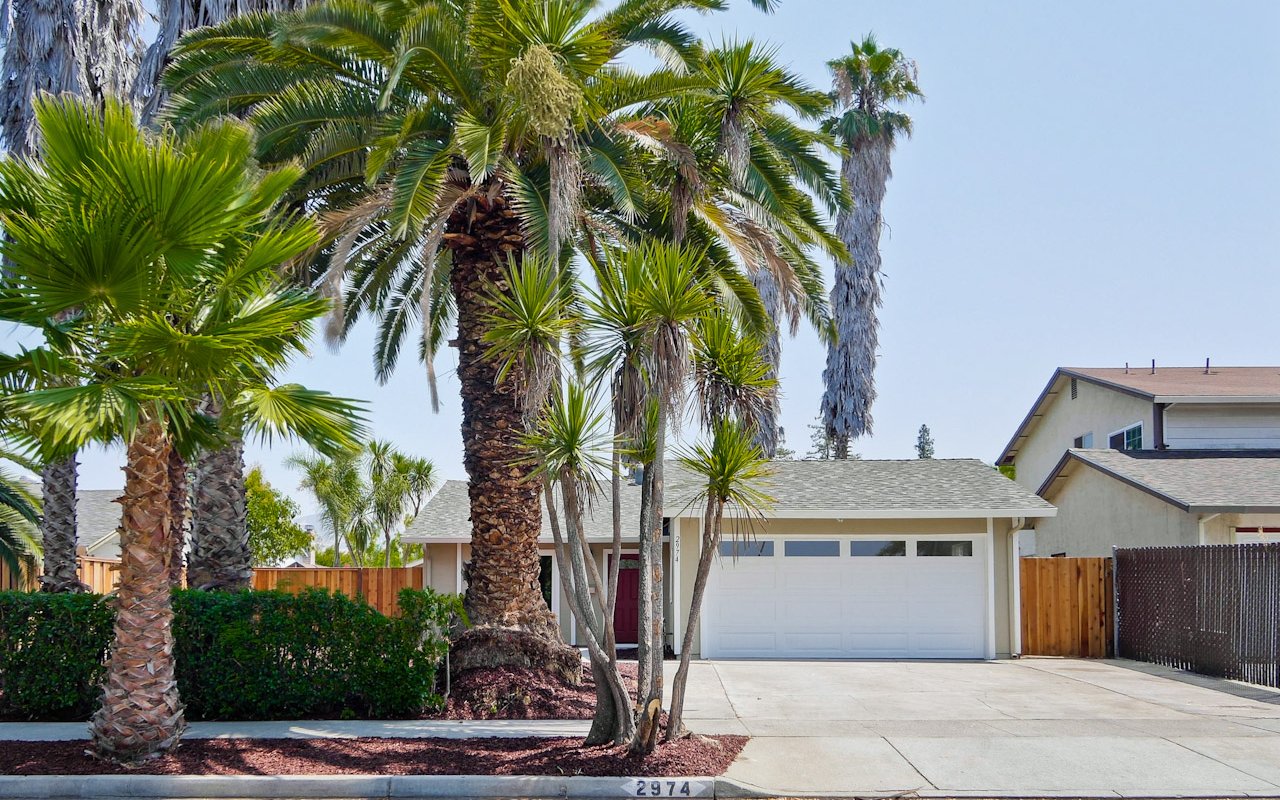
Real estate investors put a ton of money on the line with every deal. To be profitable it takes more than buying properties at a discount and selling for a profit. There are many tax and financial strategies for San Jose real estate investors to take advantage of. Smart planning helps investors see ways to hold properties longer and still make money.
Personal Home to Investment
When trying to maximize every penny of gain in a property, paying high capital gains taxes on the sale of the property can eat away all other profits. A homeowner who has lived in his home for at least two years is able to exclude up to $250,000 ($500,000 for married couples) in capital gains. The IRS allows this when the home has been a personal residence for at least two of the previous five years.
This means a homeowner who later rents his own home out when he upgrades to a higher-end home can maximize all gains when he sells the property. In a rising housing market, holding the initial property allows the home to continue to appreciate and gain equity. As long as it is sold within the five-year mark for no more than $250,000 above the purchase price less any improvements, there is no capital gain on the property. It is an exempt transaction.
Leverage Debt
Mortgage lenders talk about leveraging debt all the time. It’s really a very simple strategy. Take the homeowner who rented his first house while purchasing a better personal property. If his home had appreciated in the time he owned it, he could get a home equity line of credit or second mortgage on the home and use those funds as a down payment for a new property. He has leveraged debt into a new equity position.
In rising housing markets in San Jose, an investor can take advantage of several growing equity positions to obtain new investments. It is important to watch debt in these situations since you need to ensure you are not overextended should the market have a sharp decline.
Depreciation on Properties
Investors can take depreciation on tax returns. Depreciation is used for the property itself on a 27.5-year schedule with some portion of the property purchase price being written off each year over the course of the schedule. Depreciation is also used for major purchases such as appliances. The IRS has depreciation schedules for the expected useful life of products. For example, putting in a new concrete driveway can be depreciated over the course of 15 years. Some depreciation schedules are as fast as three years.
Depreciation is particularly useful in core investment strategies of buy and hold properties such as rentals. However, a fix and flip investor might be able to take advantage of some initial depreciation for major purchases on the property such as new appliances, carpets, and roofing.
Letting Go of Losers
As a real estate investment portfolio gets bigger, an investor might realize some investments are just not going to produce the desired return on investment. Just like stock strategies, sometimes it makes sense to let go of losers to offset other gains.
Losses won’t help you unless you can offset them to gains. There are short-term and long-term capital gains. Short-term gains are made on properties held less than one year at 25 percent while long-term gains are made on properties sold after one year at a 15 percent tax rate. Gains are determined by the acquisition price, costs associated with buying and rehabbing the property and any maintenance on it.
If you have a capital gain issue for the year and are holding onto a property that just isn’t performing, it might be a wise move to sell the property, take the loss, reduce this year’s tax liability and regain investable cash that you can use to buy a better investment.

